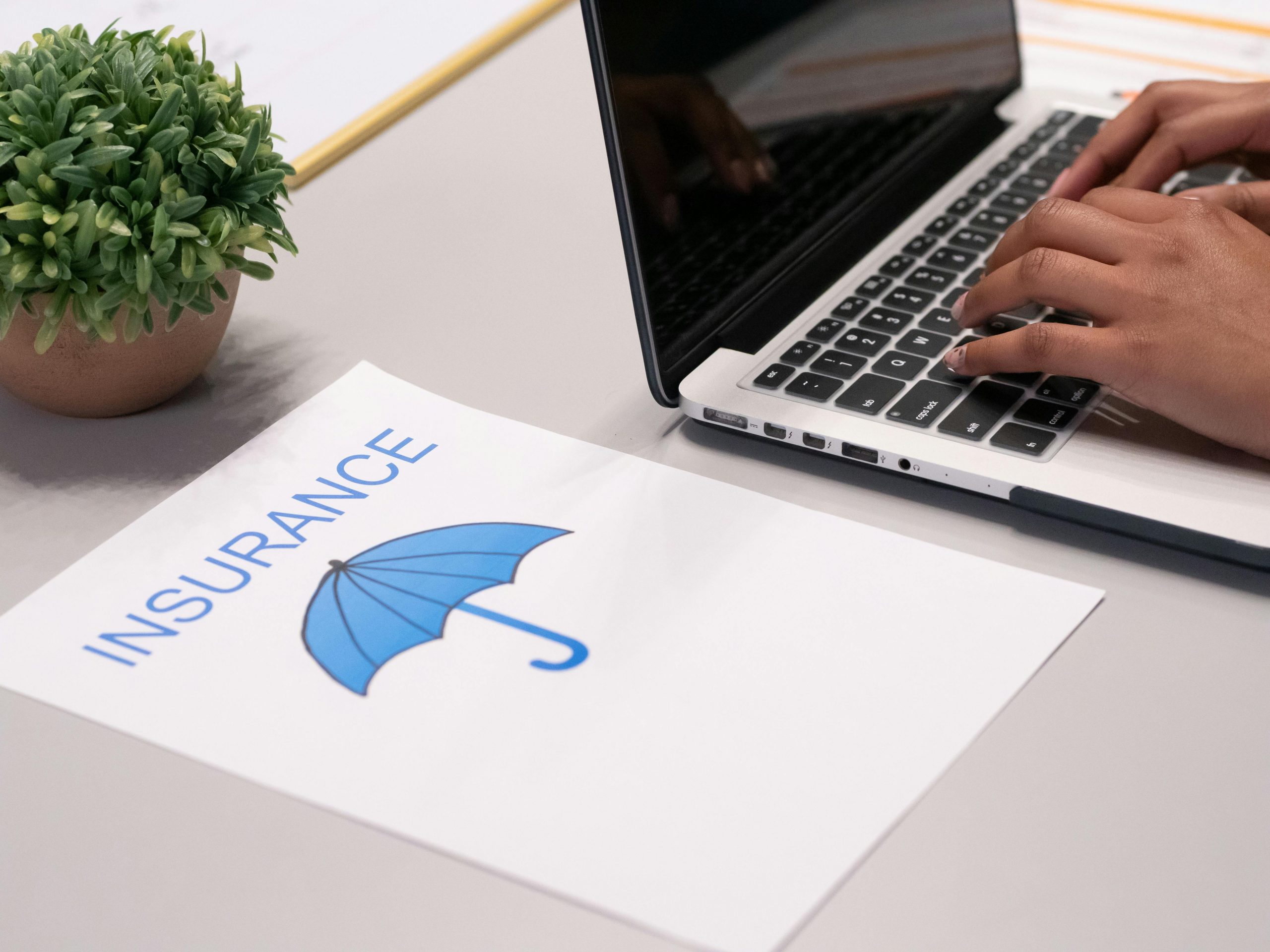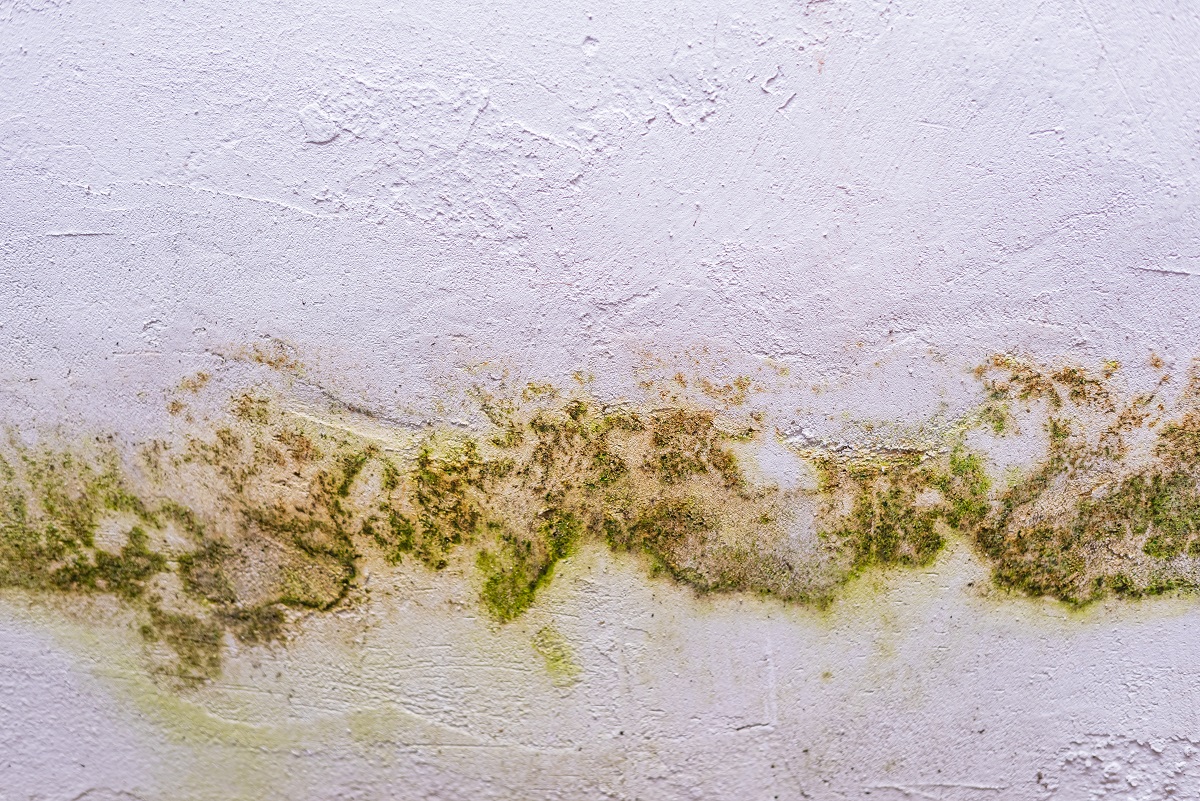
Mold damage can be a nightmare for renters. It creeps in quietly, spreads quickly, and can lead to serious health and property concerns. But when mold shows up in your apartment or rental home, a critical question arises: Does renters insurance cover mold?
The answer isn’t always straightforward. Renters insurance might cover mold—but only in specific situations. In this guide, we’ll break down the details of mold coverage under renters insurance, what’s typically excluded, and what you can do to protect yourself and your belongings.
What Is Renters Insurance?
To understand how mold fits into your coverage, it’s important to first look at what renters insurance is designed to do. While policies vary slightly by provider, most standard plans offer protection in three main areas:
- Personal Property Coverage – This covers your personal items—like furniture, clothing, and electronics—if they’re damaged or lost due to certain events, such as fire, theft, or accidental water damage.
- Liability Protection – If someone is injured in your rental or you’re found responsible for property damage, this part of your policy helps cover legal fees or medical costs.
- Loss of Use Coverage – If a covered event makes your rental unlivable, your policy can help pay for hotel stays, meals, or other living costs while repairs are underway.
Many people ask, “Is renters insurance worth it?” When you consider how much protection it offers for a relatively low monthly cost, especially in situations involving damage or loss, the answer is often yes.
Is Mold Covered by Renters Insurance?

Short Answer: Sometimes
Mold may be covered by renters insurance, but it depends on the cause of the mold. Insurance companies only pay for mold damage if it results from a covered peril in your policy.
Covered Perils That May Lead to Mold:
- Water damage from a burst pipe
- Overflow from appliances (e.g., a washing machine)
- Fire extinguishment efforts
- Accidental water discharge (from plumbing or HVAC systems)
If mold develops as a direct result of one of these events—and you report it promptly—your insurer might cover the cost of damaged belongings and some mold remediation.
When Is Mold Not Covered?
Renters insurance generally does not cover mold if:
- It results from neglect or a long-term maintenance issue
- The mold stems from flooding (which requires separate flood insurance)
- It’s considered a pre-existing condition
- It’s due to humidity or poor ventilation that you failed to address
Examples of Mold Not Covered:
- You ignored a leaky sink for weeks, and mold developed
- Mold grew due to high humidity and no use of a dehumidifier
- Your bathroom had no exhaust fan, and mold formed over time
- A flood occurred and you didn’t have flood insurance
How to Tell If You’re Covered
1. Check the List of Covered Perils
Look at your renters insurance policy for the list of covered perils. Common perils include fire, theft, vandalism, and accidental water discharge.
2. Look for Mold-Specific Language
Some policies mention mold explicitly. Others may include it under “resulting damage” from covered perils.
3. Talk to Your Insurance Agent
If you’re unsure, contact your insurer. They can clarify what mold situations your policy does or doesn’t cover.
What Does Renters Insurance Pay For If Mold Is Covered?
If mold damage is covered, renters insurance may pay for:
- Cleaning or replacing your personal belongings that were damaged by mold
- Temporary housing if your rental becomes unsafe to live in (via loss of use coverage)
- Some mold remediation costs, but usually not full structural repairs (those are your landlord’s responsibility)
What’s Not Covered:
- Mold damage to the structure of the rental home or apartment
- Preventive mold treatments
- Mold remediation from long-term problems
Your Landlord’s Role in Mold Issues
Renters insurance is designed to cover your belongings, not the rental property itself. The landlord is typically responsible for:
- Structural repairs
- Fixing leaks in walls, roofs, or plumbing
- Ensuring the property is habitable
If mold appears due to a building issue (e.g., a roof leak), your landlord may be legally required to address the problem. Document everything and notify them in writing as soon as you discover mold.
What Should Renters Do If They Find Mold?

Here’s a quick step-by-step guide if you spot mold:
- Notify your landlord immediately – Provide photos and describe the extent of the mold.
- Document the damage – Take pictures of any affected belongings and the mold source.
- File a renters insurance claim – If the mold stems from a covered peril, file a claim as soon as possible.
- Prevent further damage – Don’t wait to clean up standing water or moisture. Mold can grow in 24–48 hours.
- Request professional remediation – Don’t attempt to remove large amounts of mold on your own.
How to Prevent Mold in a Rental
Prevention is often the best protection—both for your health and your wallet. Mold prevention isn’t just smart; it may help avoid insurance disputes.
Tips to Prevent Mold:
- Use a dehumidifier in humid areas
- Run exhaust fans in the bathroom and kitchen
- Wipe down wet surfaces (like shower tiles) after use
- Check for and report leaks immediately
- Don’t leave wet clothes or towels in piles
- Keep furniture a few inches from walls to allow airflow
By taking preventive measures, you reduce the chance that mold will grow—and that you’ll be left responsible for damage your insurance won’t cover.
Can You Add Mold Coverage to a Renters Policy?
Some insurance providers offer endorsements or riders to expand coverage. You may be able to purchase additional mold protection for an added premium.
Things to Ask Your Insurer:
- Is mold damage covered in my current policy?
- Are there limits or exclusions I should know about?
- Can I add a mold endorsement?
- Will you cover mold resulting from poor building maintenance?
This conversation is especially important if you live in a humid climate or in a building with past mold issues.
Key Takeaways
- Renters insurance may cover mold only if it results from a covered peril (like sudden water damage).
- Mold caused by neglect, humidity, or flooding is usually excluded.
- The structure of the rental is your landlord’s responsibility—not your renters insurance.
- Always review your policy or speak to your insurer to understand your specific coverage.
- Preventing mold with good habits can save you from disputes and out-of-pocket costs.
Final Thoughts
While renters insurance can offer protection in some mold-related situations, coverage is often limited. Your best defense is knowing what your policy includes, acting quickly when problems arise, and keeping your landlord informed. If you live in an area prone to mold, consider asking your insurer about additional protection options.
Understanding how mold fits into renters insurance isn’t just about saving money—it’s about protecting your health, your home, and your peace of mind.

